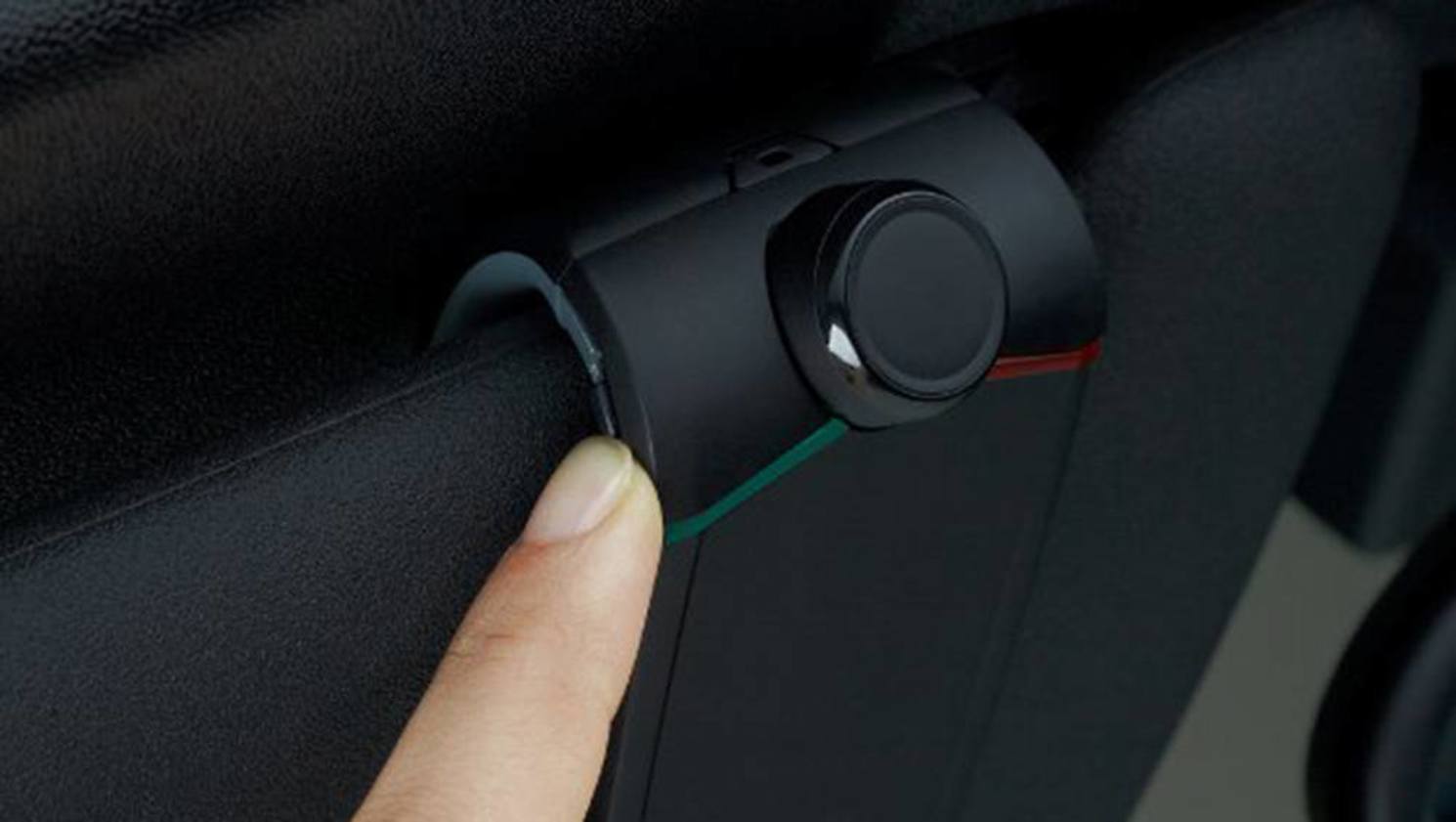It's one of the great ironies of modern life that it's surprisingly hard to combine the most useful personal device ever created aboard a machine where we spend a good proportion of our waking hours.
In-car phones have been around since the early 1980s, but only since the explosion of the modern smartphone has mobile use aboard cars become a hot-button issue.
While it definitely pays to check the regulations pertaining to handheld devices in your car for your own state, it's safe to say that the majority of Australian states and territories forbid drivers from handling a phone for any reason while the car is in motion (which includes being stopped in traffic).
The advent of the Bluetooth handsfree car kit, though, has been a real bonus for those of us who spend several hours a day travelling or commuting to work. Choosing the best Bluetooth car kit comes down to personal preference, budget, the ability to transfer easily from car to car and call quality.
At one end of the scale, the Bluetooth headset gets around the need and cost of installing Bluetooth in-car, while a Bluetooth car adapter, on the other hand, can be a quick and easy way to use the existing stereo system in your car to gain Bluetooth connectivity.
Some states and territories frown upon the use of wired headphones in cars.
A Bluetooth hands-free system works in conjunction with your Bluetooth compatible smartphone or tablet. The vast majority of phones sold in the last two years will be fitted with Bluetooth, which is a wireless protocol developed by Motorola that's –thankfully – been adopted en masse by the world's largest telecommunication equipment companies.
The simplest solution – a Bluetooth headset – can be purchased for as little as $30, and simply sits on the driver's ear after connection with the phone. Bluetooth earpieces have improved in sound quality and connection over the last decade, too, and they look less like something a stockbroker might use, too.
It's worth noting, though, that some states and territories frown upon the use of wired headphones in cars, so the new style of wireless headphone with two earpieces may be contravening laws.
The next step on how to install Bluetooth in car is via a Bluetooth adaptor. This can take several forms, including an adaptor that plugs into your existing stereo's AUX port and connects your phone to your car's audio system.
Another way is to buy a complete speaker and microphone set-up in a small Bluetooth-compatible package that attaches to your sun visor. Known via the quaintly old fashioned term as a speakerphone, mounting it up high near your ears and mouth is a vastly better sounding solution than the hands-free that comes with your phone as standard.
The next rung up from the clip-on speakerphone is the semi-integrated Bluetooth handsfree car kit. Brands like Australia's own Strike offer a system with a cradle that can be matched perfectly with your Apple or Android phone, and teams it up with an external clever stick-on button to activate the phone's functions.
Strike produces kits for a vast array of Australian delivered cars, and all at a surprisingly affordable price; most kits for modern phones start at just $199.
The interior of a car is a notoriously poor environment for microphones, especially as speeds increase.
At the top end of the scale, companies like Parrot produce complete solutions of how to add Bluetooth to a car that include a colour multimedia touchscreen with navigation, dual microphones, text-to-voice and more, for around $1200 before installation.
Whichever system you choose, the most important element is sound quality, both coming into your ears and out of your mouth. The interior of a car is a notoriously poor environment for microphones, especially as speeds increase, so spending a little more initially will pay dividends down the track.
Ease of use, too, is paramount. If your phone won't connect easily, or you find it hard to answer or reject a call, it's no safer than using the phone by itself.
It also pays to keep in mind how long you're likely to keep your phone, or indeed your car, if you're looking at one of the more integrated systems that will require an auto electrician to wire it permanently into your vehicle.
Likewise, the rapid advancement of phone technology and model updates means you're less likely to keep the same style, size of shape of phone from update to update, which may mean your $200 cradle won't marry up with your new smartphone.
If you need Bluetooth connectivity for business calls and the like, it pays to spend a little more to ensure call quality is up to par.










.jpg)




